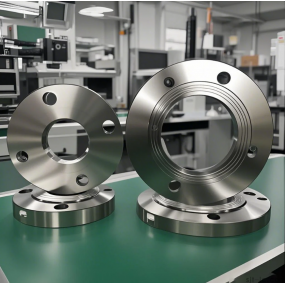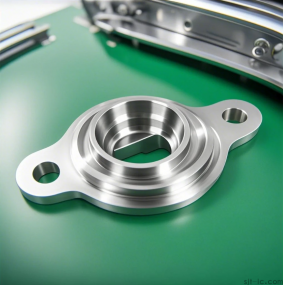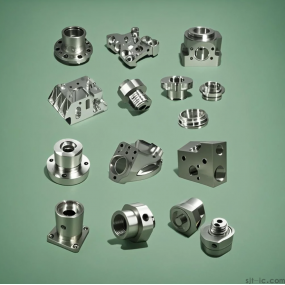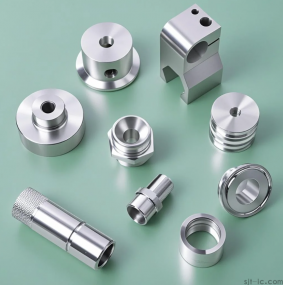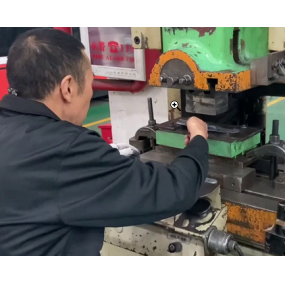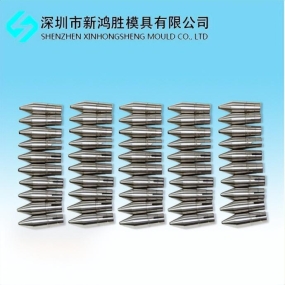1. Machine stability: Five axis CNC machine tools require high stability to ensure accuracy and repeatability during the machining process. The structure of the machine tool should be reinforced and equipped with effective anti vibration measures.
2. Control system: Five axis CNC machine tools require an excellent control system that can monitor and control the motion of multiple axes in real time. The control system should have high-precision orientation control and interpolation functions to complete messy processing paths.
3. Tool selection: Five axis CNC Machining generally requires the use of longer tools to reach deeper machining areas. The selection of cutting tools should take into account rigidity, cutting performance, and wear resistance to ensure machining quality and power.
4. Processing strategy: Five axis CNC machining can achieve more processing directions and angles, so a more chaotic processing strategy can be adopted. A reasonable machining strategy can reduce machining time, improve surface quality, and reduce tool wear.
5. Programming: Five axis CNC machining requires writing messy machining programs to complete messy machining paths and cutting conditions. The programming requirements fully understand the various shapes and process requirements of the machining policy, and consider the optimization and safety of the tool path together.
6. Preparation before machining: Adequate preparation work is required before performing five axis CNC precision machining. This includes selecting appropriate fixtures and workpiece fixing methods, confirming reasonable cutting tools and processing parameters, and conducting necessary process tests and calibrations.


 Spanish
Spanish Arabic
Arabic French
French Portuguese
Portuguese Belarusian
Belarusian Japanese
Japanese Russian
Russian Malay
Malay Icelandic
Icelandic Bulgarian
Bulgarian Azerbaijani
Azerbaijani Estonian
Estonian Irish
Irish Polish
Polish Persian
Persian Boolean
Boolean Danish
Danish German
German Filipino
Filipino Finnish
Finnish Korean
Korean Dutch
Dutch Galician
Galician Catalan
Catalan Czech
Czech Croatian
Croatian Latin
Latin Latvian
Latvian Romanian
Romanian Maltese
Maltese Macedonian
Macedonian Norwegian
Norwegian Swedish
Swedish Serbian
Serbian Slovak
Slovak Slovenian
Slovenian Swahili
Swahili Thai
Thai Turkish
Turkish Welsh
Welsh Urdu
Urdu Ukrainian
Ukrainian Greek
Greek Hungarian
Hungarian Italian
Italian Yiddish
Yiddish Indonesian
Indonesian Vietnamese
Vietnamese Haitian Creole
Haitian Creole Spanish Basque
Spanish Basque

